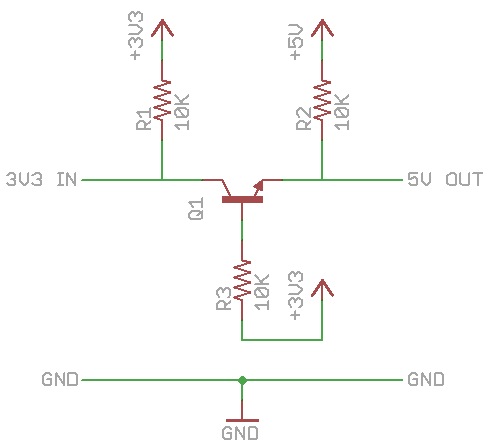- Fri Feb 26, 2010 9:55 pm
#94741
I'm planning to use something which will send 3.3v high/low signals to an Arduino, and I was wondering if connecting the 3.3v to the gate of a transistor (with both devices on a common ground) would allow 5v out to be read on an Arduino as high?

